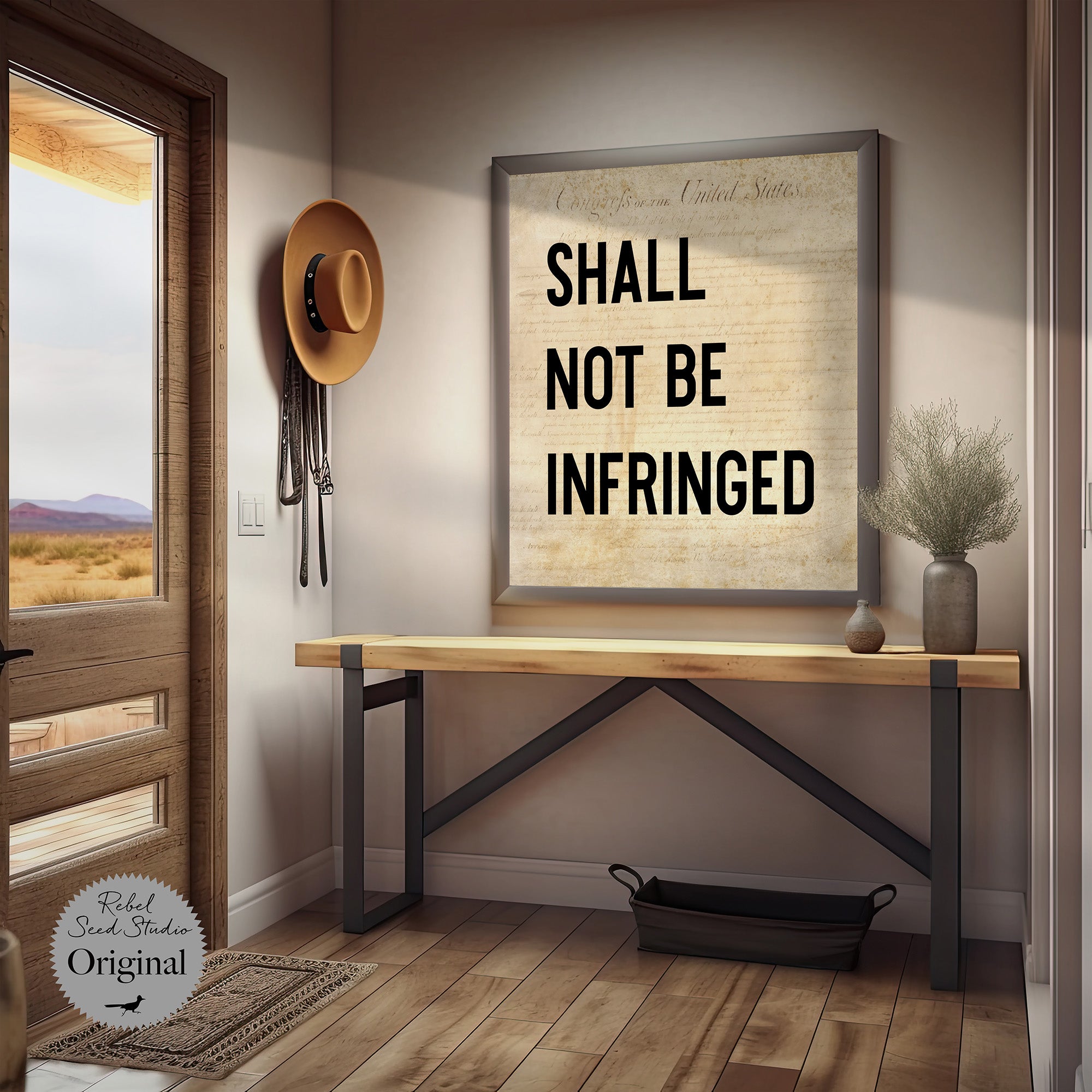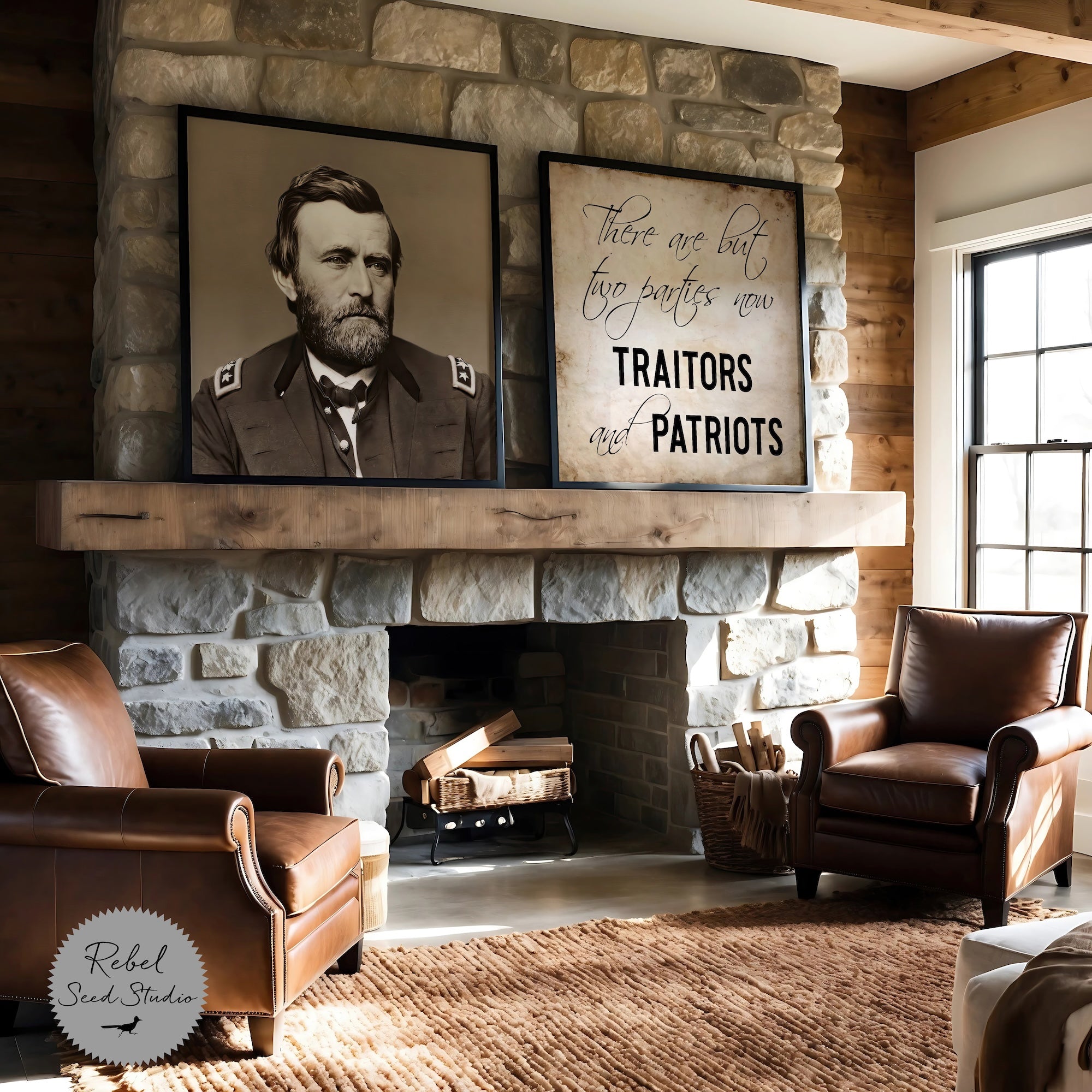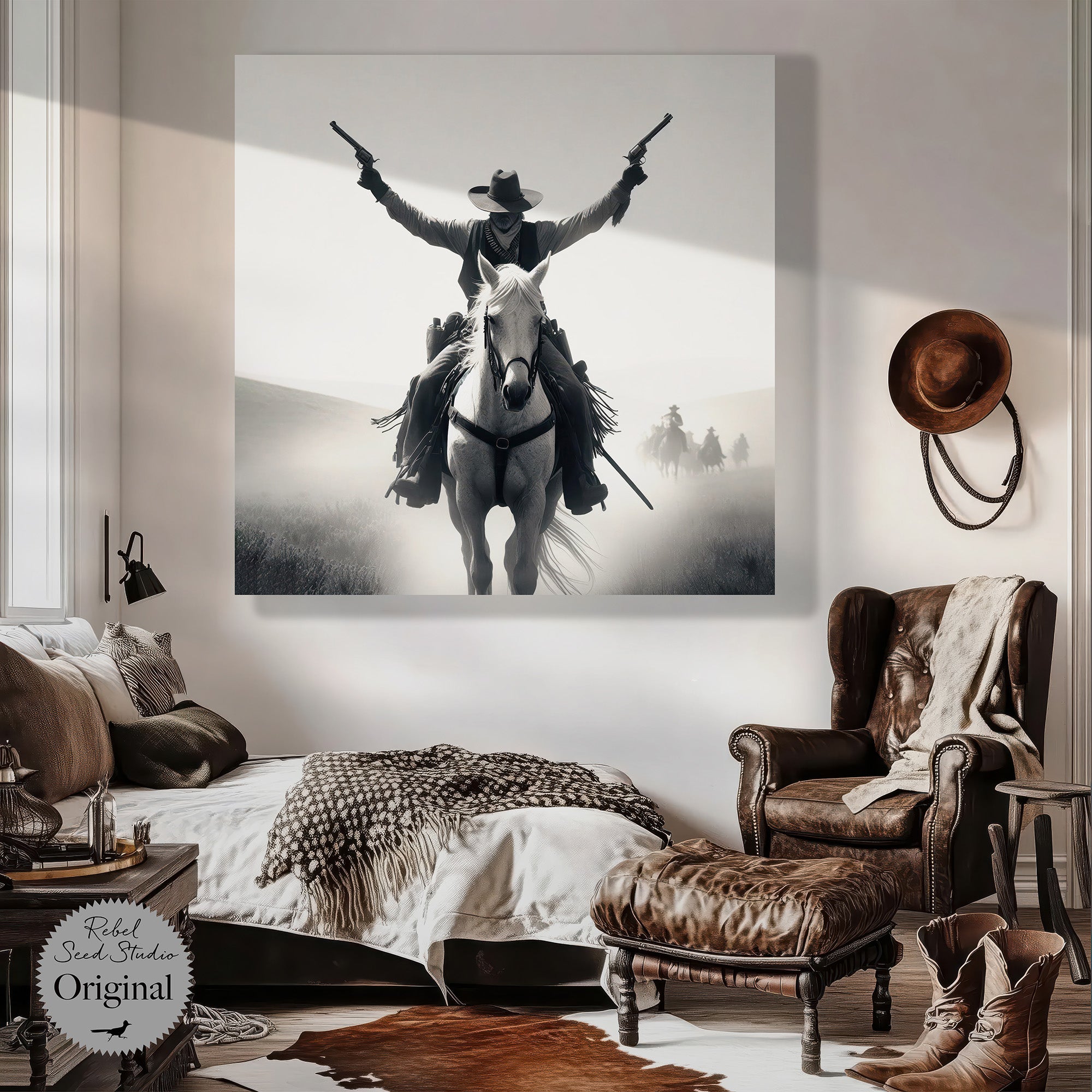
Shall Not Be Infringed: A Brief History of the Second Amendment (History Notes)
The Second Amendment to the United State Constitution was adopted on December 15, 1791, is one of the most significant provisions of the Bill of Rights. It reads: “A well regulated Militia, being necessary to the security of a free State, the right of the people to keep and bear Arms, shall not be infringed.”
To understand why this amendment was included in the Constitution, it is necessary to reflect on the period leading up to its creation. The early American colonists were heavily influenced by their experiences under British rule. During the 17th and 18th centuries, England passed several laws that restricted the ability of subjects to bear arms, notably the 1671 Game Act, which prevented many from owning weapons for self-defense or hunting. These laws stirred resentment, particularly because the right to bear arms was long considered a fundamental right in English common law.
Moreover, during the American Revolution, the colonists heavily relied on militias composed of ordinary citizens who provided their own weapons to fight British forces. Militias were seen as essential to both personal freedom and the collective defense of the community. Many of the Founding Fathers, such as Thomas Jefferson and James Madison, feared the idea of a standing army, believing that such a force could potentially become an instrument of tyranny. In contrast, they viewed militias, made up of the people, as a safeguard against government overreach and foreign invasions.
When the Constitution was being debated in 1787, many anti-Federalists, who were skeptical of a strong centralized government, demanded assurances that the federal government would not infringe on individual rights, including the right to bear arms. This concern led to the inclusion of the Second Amendment in the Bill of Rights.
Over the years, the legal interpretation of the Second Amendment has evolved. Early Supreme Court rulings, such as United States v. Cruikshank (1876) and Presser v. Illinois (1886), maintained that the Second Amendment limited only federal power and not state governments. These rulings implied that states could regulate arms without violating the Second Amendment.
In the landmark case District of Columbia v. Heller (2008), the Supreme Court ruled that the Second Amendment protects an individual's right to possess a firearm for lawful purposes, such as self-defense, in the home. The decision struck down a Washington, D.C. law that banned handguns and required firearms in homes to be kept nonfunctional. The Heller decision was a turning point in Second Amendment jurisprudence and confirmed the right of individuals to bear arms, separate from any militia context.
Following this ruling, in McDonald v. Chicago (2010), the Supreme Court extended the application of the Second Amendment to the states, determining that the right to bear arms for self-defense is a fundamental right and incorporated through the Fourteenth Amendment.
The Second Amendment has played a crucial role in shaping American identity, both in its historical context and in contemporary society, and continues to stand as a symbol of freedom.
Associated Art: Second Amendment Series

































